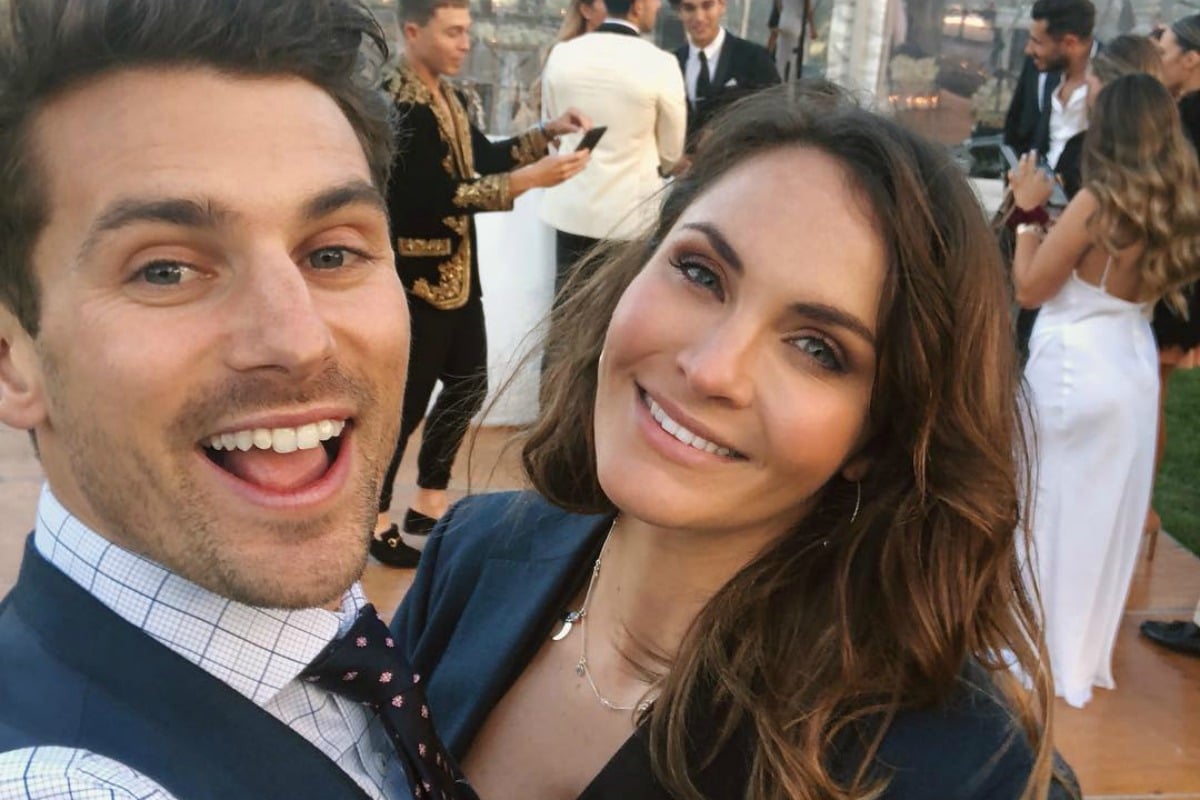
The Bachelor franchise is built on the idea of a real-life fairytale.
Within the framework of a deeply problematic, highly sexist, heteronormative artificial environment, a man and a woman fall in love, surrounded by roses and candles and fancy properties and expensive cars. They wear designer clothes and go on luxurious dates, and at the end, they’re flown to an exotic location to confess their love for each other. A hallmark of the show (which is actually quite rare in the Australian version, and has been wildly unsuccessful), is the final proposal. A man gets down on one knee to ask a woman, who he’s known for a matter of weeks, to marry him. The presumption, of course, is that they’ll have a stunning engagement, an extravagant (and highly lucrative) wedding, before settling down and having 2.5 children, and probably a dog.
The reason this formula makes for such a popular TV show, however, is that it’s not actually how life works.
If any of us were to look around our own circles, we’d see an infinite number of entirely unique trajectories. There’s the couple who have been together for 14 years and aren’t married and don’t have children. There’s the couple who were together for eight months before having a baby, and then maybe got married two years later, with their smiling toddler in all the wedding photos. There’s the couple who have five kids and never married, or the ones who are married and don’t have kids.
There’s also the couple who got married, had a baby, broke up for two years, got back together, and had two more kids. Or the ones who had three kids then divorced, remarried, and make it work with a blended family. There’s families with stepbrothers and stepsisters and biological kids and adoptive kids and a teenager who has a kid living in the family home.

Top Comments
Yep, but all those "diverse" scenarios you describe are still heteronormative and arguably still as problematic.
95% of the human population is heterosexual. Hence, the fact that you think things that are ‘heteronormative’ are ‘problematic’ is problematic.
Be gay, bi, pan, trans, intersex, gender fluid, the jolly green giant... whatever. But don’t expect 95% of the population to change for 5% of the population. It’s unrealistic and unnecessary. We have bigger fish to fry.
Who is expecting 95% to change? Where did you get that from?
Exactly. Straw man argument, there, Sonia - I'm actually cis-hetero myself. I was merely pointing out that the author still seems to have a rather narrow idea of what constitutes a "normal" relationship, largely restricted to the very heteronormative stereotypes she was attempting to challenge.
The point is if 95% of the population is heterosexual, how else do you expect most relationships to play out other than ‘heteronormative’?
Relationships have changed dramatically just within the past 60 years. Prior to that, society expected everyone (straight or otherwise) to remain a virgin til marriage, marry someone of the opposite sex and have children. He goes to work. She stays at home and raises the kids. The end.
Sex outside of marriage wasn’t acceptable. Living together outside of marriage wasn’t acceptable. Not having children wasn’t acceptable. Being single wasn’t acceptable. Divorce wasn’t acceptable. Blended families weren’t acceptable. And marriage and children between people of the same sex certainly wasn’t acceptable.
Well, all of these things are now acceptable. CHOICE is now acceptable. Aren’t you glad you live in 2018 and not 1958?
Because you don’t seem glad. You still seem dissatisfied that all the heterosexual people are still choosing to do things that are ‘heteronormative’, such as have relationships and children. What is it that you want to be different? What is it exactly about all this consensual ‘heteronormative’ behaviour that you find so ‘problematic’?